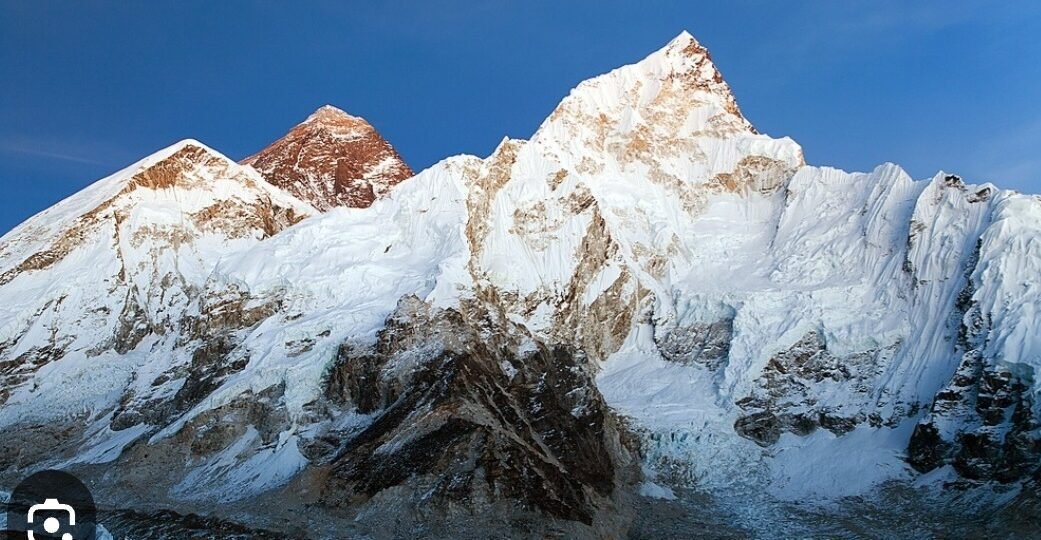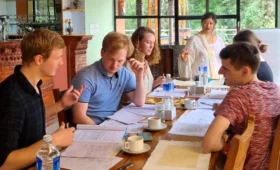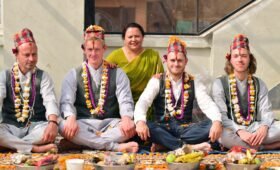If you’re an adventure seeker, trekking to Everest Base Camp (EBC) in the stunning Khumbu region of Nepal should be on your bucket list. The journey offers breathtaking landscapes, cultural experiences, and an opportunity to stand at the foot of the world’s highest peak, Mount Everest. In this blog, we’ll outline a typical itinerary for the EBC trek and answer some frequently asked questions.
Everest Base Camp Trek Itinerary
Note: This is a general itinerary and can be adjusted based on your fitness level, acclimatization needs, and weather conditions.
Day 1: Kathmandu (1,350m) – Lukla (2,840m) – Phakding (2,610m)
- Fly to Lukla and trek to Phakding.
- Easy walk to start your journey.
Day 2: Phakding – Namche Bazaar (3,440m)
- Cross suspension bridges, follow the Dudh Koshi River, and reach Namche Bazaar.
- Acclimatization day in Namche.
Day 4: Namche Bazaar – Tengboche (3,860m)
- Visit the famous Tengboche Monastery.
- Stunning mountain views.
Day 5: Tengboche – Dingboche (4,410m)
- Gradual ascent, pass through rhododendron forests.
- Beautiful views of Ama Dablam.
Day 7: Dingboche – Lobuche (4,910m)
- Gain altitude and enjoy mountain views.
- As you trek closer to EBC, temperatures drop.
Day 8: Lobuche – Gorak Shep (5,164m) – Everest Base Camp (5,364m) – Gorak Shep
- Reach Everest Base Camp, take in the grandeur of the Khumbu Icefall.
- Return to Gorak Shep for the night.
Day 9: Gorak Shep – Kala Patthar (5,545m) – Pheriche (4,240m)
- Early morning hike to Kala Patthar for the best sunrise views of Everest.
- Descend to Pheriche.
Day 11: Pheriche – Namche Bazaar
- Trek back to Namche Bazaar.
Day 12: Namche Bazaar – Lukla
- Descend back to Lukla.
Day 13: Lukla – Kathmandu
- Fly back to Kathmandu and celebrate your achievement.
FAQs about Everest Base Camp Trek
- Is it necessary to hire a guide and porter?
- While it’s not mandatory, having a local guide and porter can enhance your experience and ease the physical load. It also supports the local economy.
- When is the best time for the EBC trek?
- The best times are in the spring (March to May) and autumn (September to November) when the weather is favorable and skies are clear.
- How do I prepare for altitude sickness?
- Proper acclimatization is crucial. Listen to your body, stay hydrated, and follow your guide’s advice. Diamox is a medication that can help prevent altitude sickness.
- What should I pack for the trek?
- Layered clothing, a good pair of trekking boots, a down jacket, a sleeping bag, and a sturdy backpack are essentials. Don’t forget trekking permits.
- Is it possible to charge electronic devices on the trek?
- Yes, most tea houses offer charging for a small fee. Bring a portable power bank for backup.
- What about food and water on the trek?
- Tea houses provide a variety of meals. It’s advisable to drink boiled or purified water to avoid waterborne illnesses.
- Can I get a SIM card for communication?
- You can get a local SIM card in Kathmandu, which will work in some areas of the trek. Connectivity may be limited in remote locations.
Trekking to Everest Base Camp is an incredible adventure, offering both physical and cultural rewards. With the right preparation and guidance, you can experience the majesty of the Himalayas and create memories that will last a lifetime.



